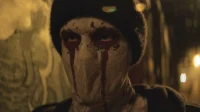Daredevil: Born Again sets a remarkable precedent within the Marvel Cinematic Universe by portraying its villains as integral characters who do not need to be swiftly eliminated. Despite the promising roster of villains slated for Marvel’s Phase 6, anticipation has been somewhat muted. Historically, the franchise has been quick to discard some of its most compelling antagonists. Nevertheless, if Born Again is indicative of Marvel’s evolving approach, the series suggests a refreshing shift toward recognizing the enduring value of villains.
While the more grounded villains of Born Again may not immediately rival the universe-threatening foes seen in other narratives, the depth and complexity of the storytelling offer some of the best characterizations within the MCU. The character Kingpin exemplifies this point, often held in high regard as one of the Marvel Universe’s iconic villains, despite lacking superhuman abilities in most storylines. This illustrates the significance of creatively utilizing villains rather than relegating them to mere power displays before discarding them.
Daredevil: Born Again Episode 6: Muse’s Escape
Daredevil’s Heroic Dilemma
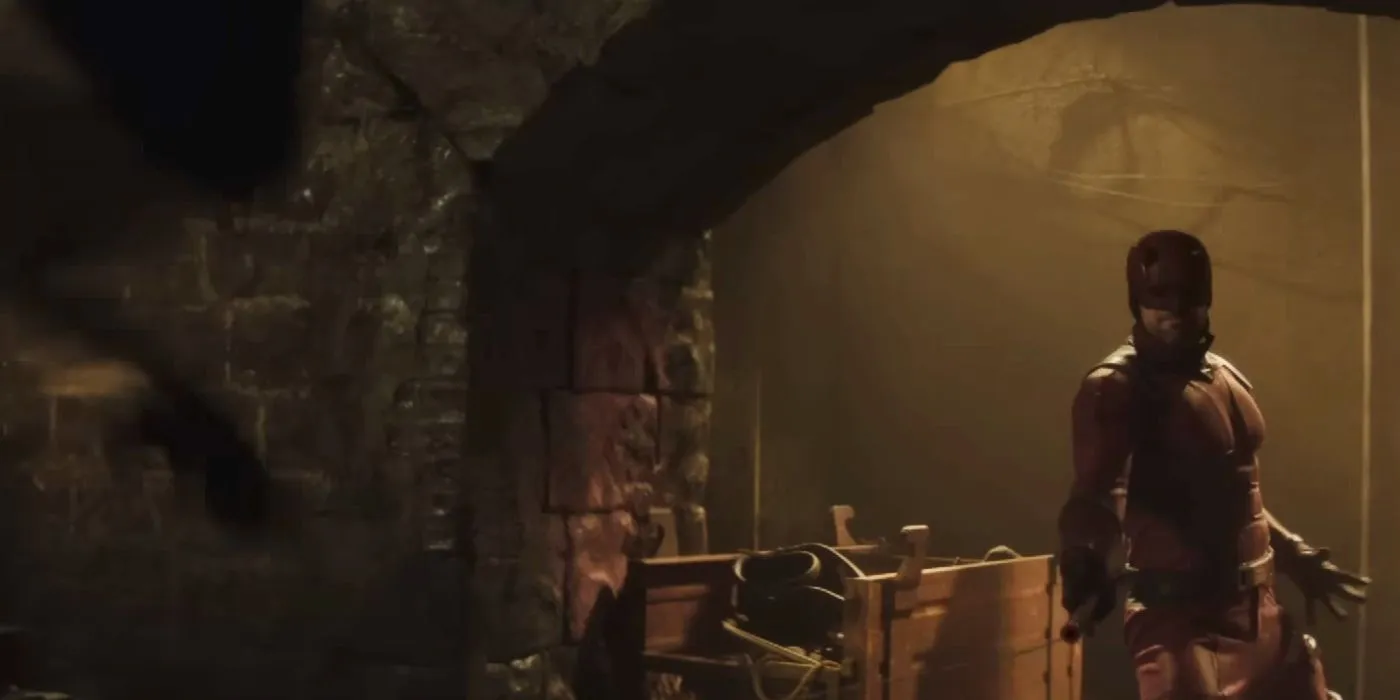
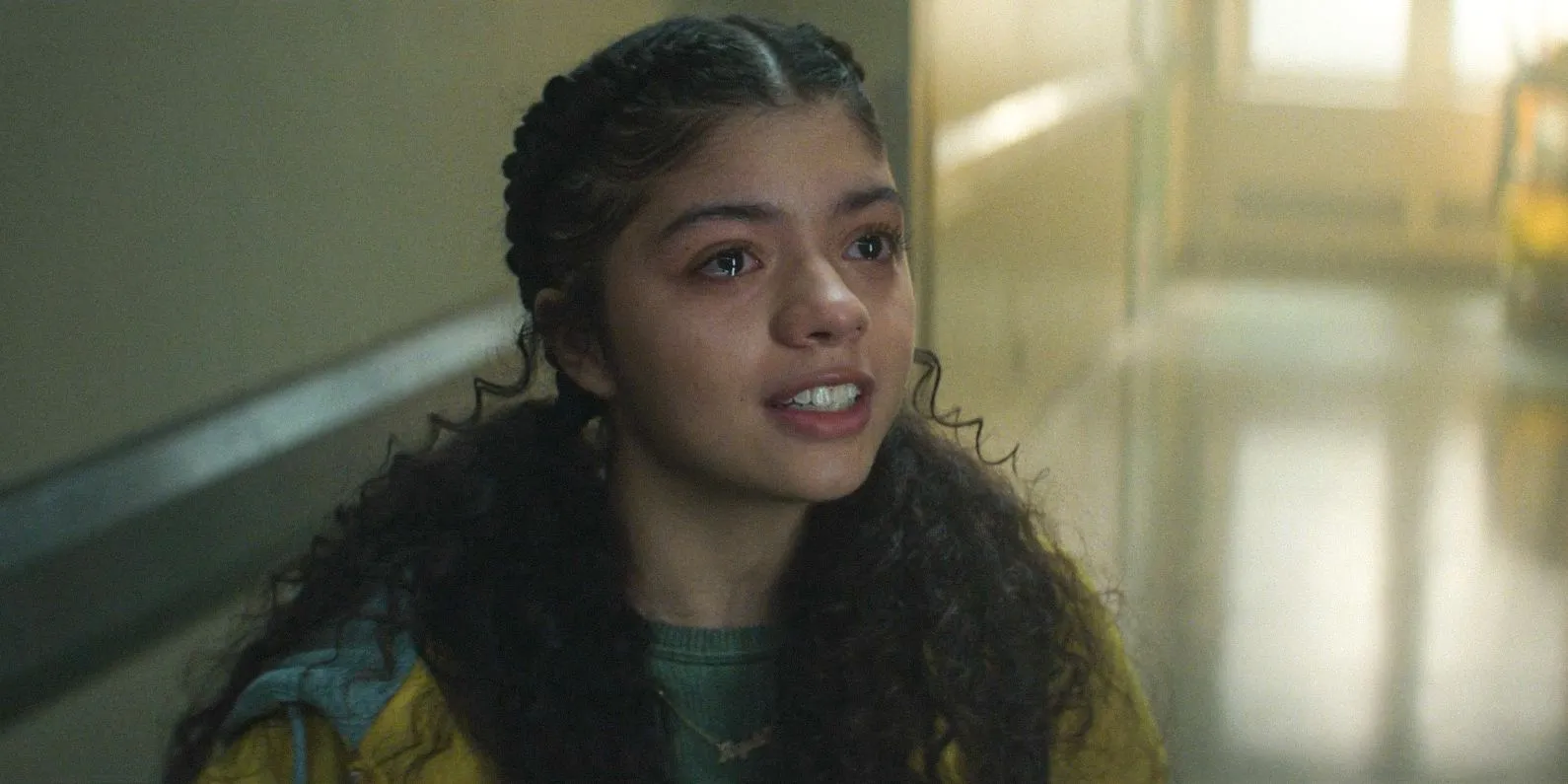
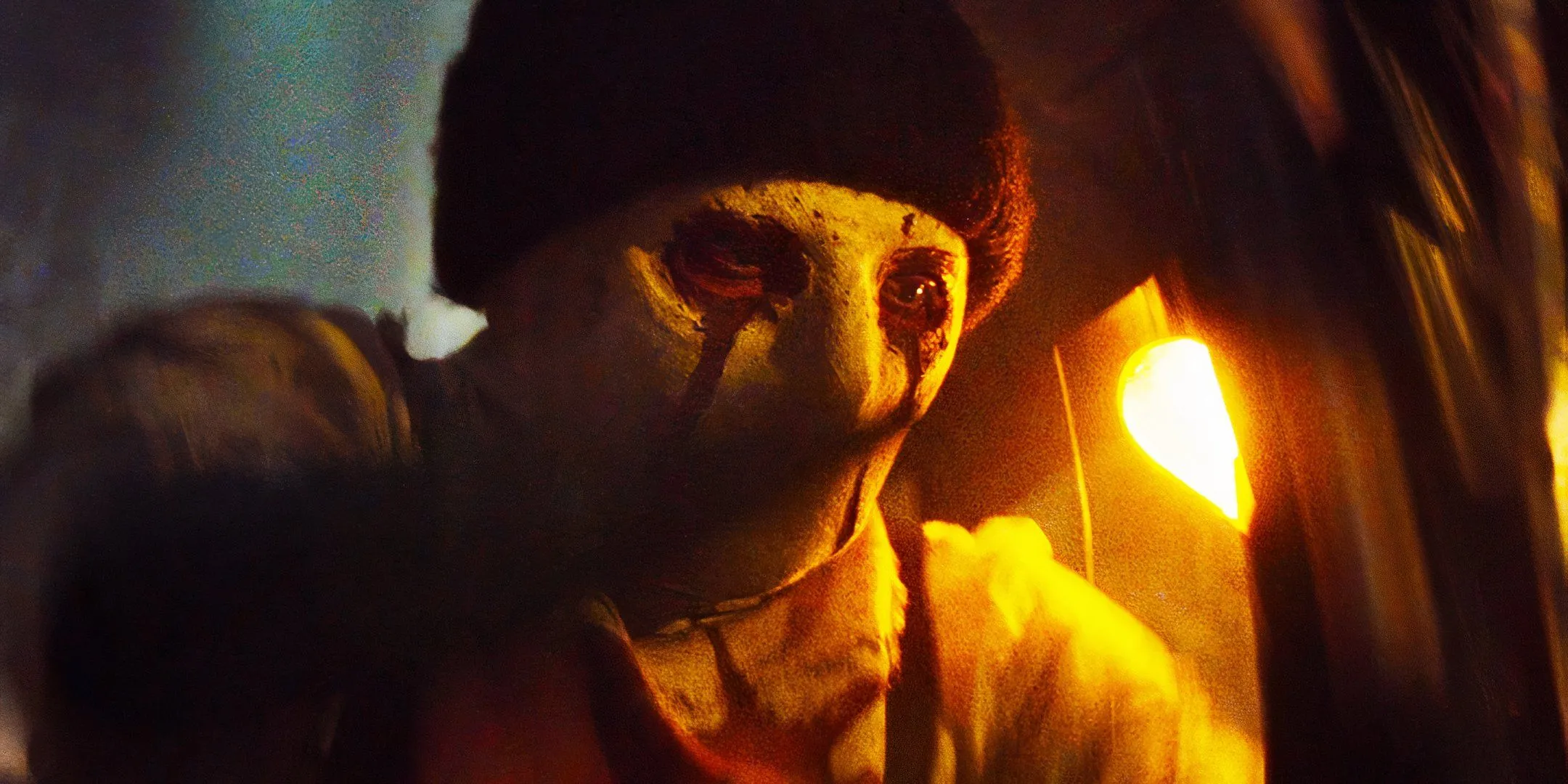
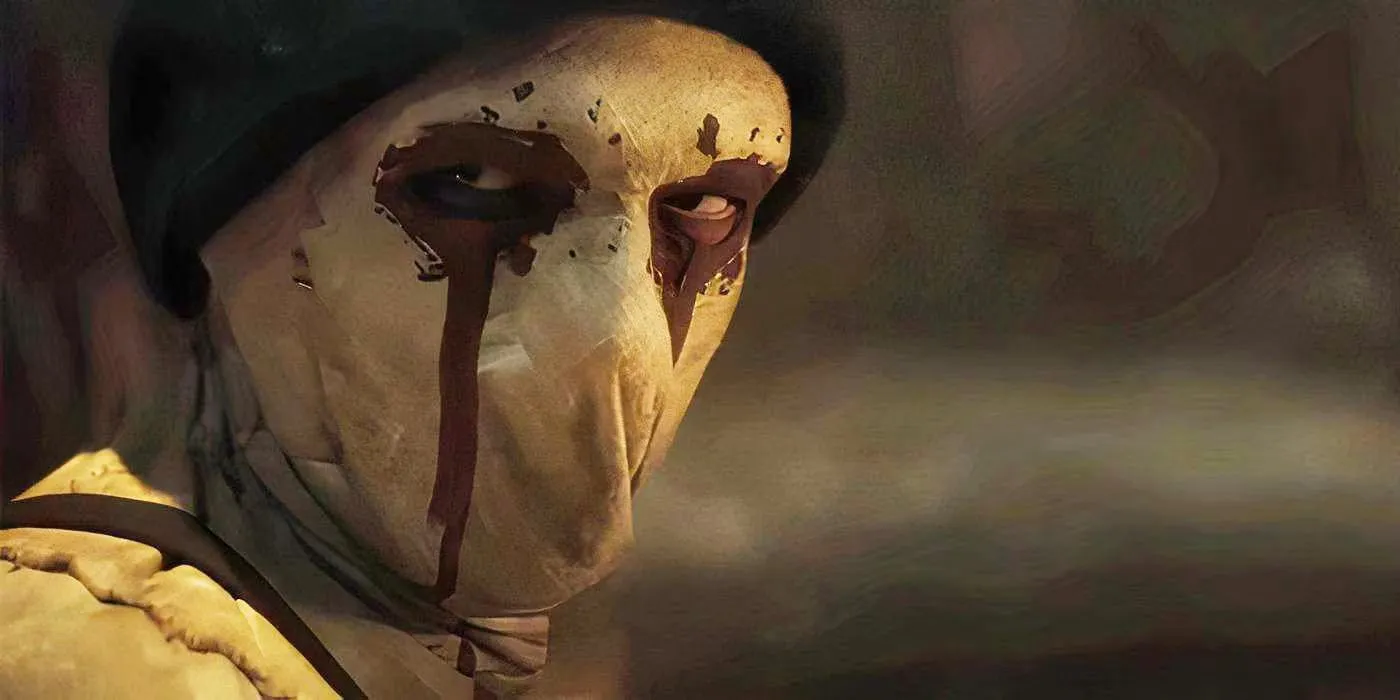
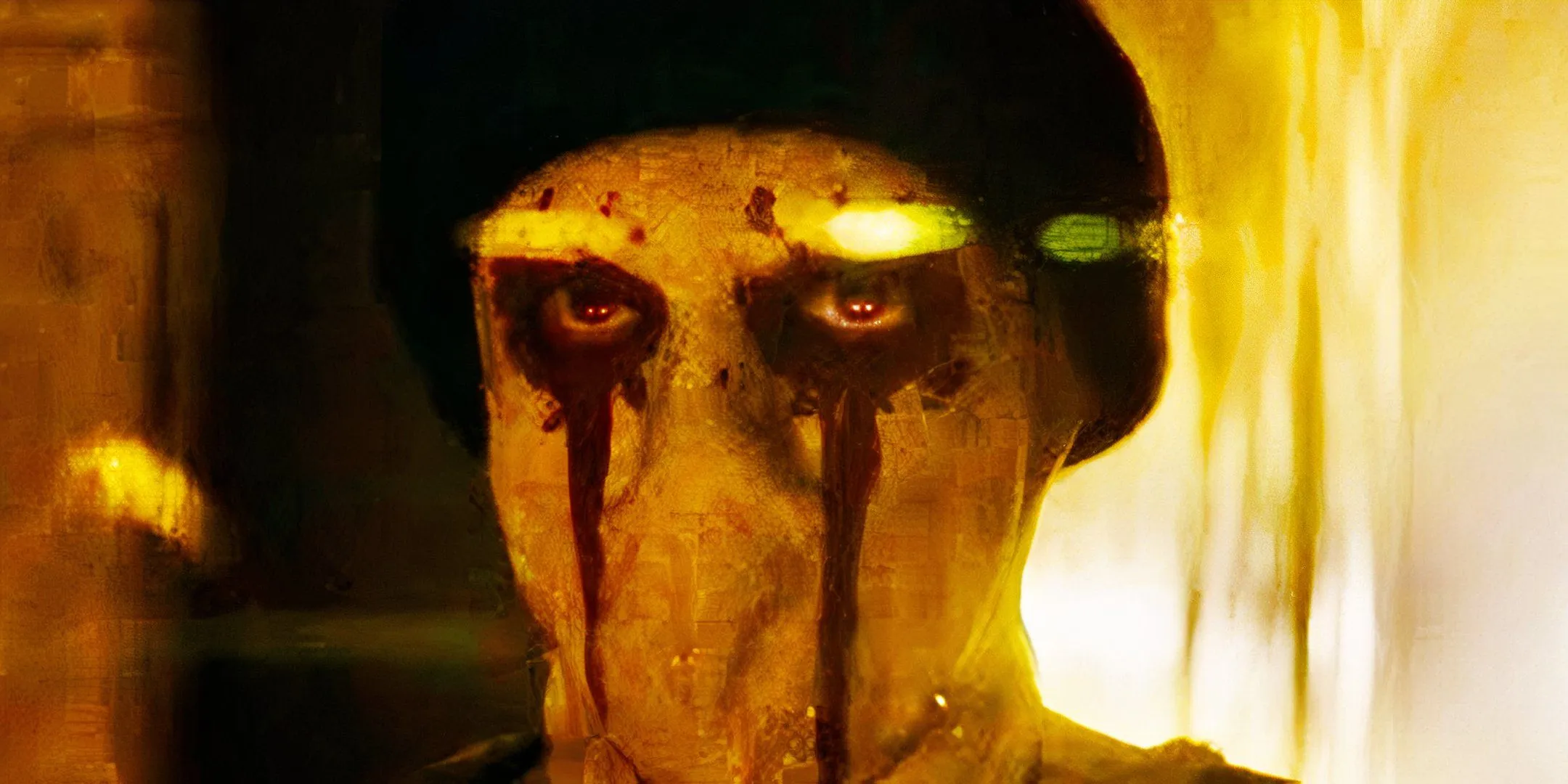
The climactic moments of Daredevil: Born Again episode 6 featured an electrifying clash between Daredevil and Muse. This intense showdown unfolded within the confines of an abandoned train station, showcasing some of the season’s most gripping action sequences. The encounter reached its peak when Daredevil managed to defeat Muse, pinning him against a wall.
However, in a twist of fate, Daredevil spots Angela Del Toro, gravely wounded. In an act of heroism, he prioritizes her safety over vanquishing Muse, leading to a strategic retreat. This decision underscores Daredevil’s commitment to his responsibilities, allowing him to uphold his promise to Hector while unintentionally granting Muse the chance to escape, suggesting his inevitable return to the narrative.
Revisiting Iconic Villains
A Rich Villainous Landscape
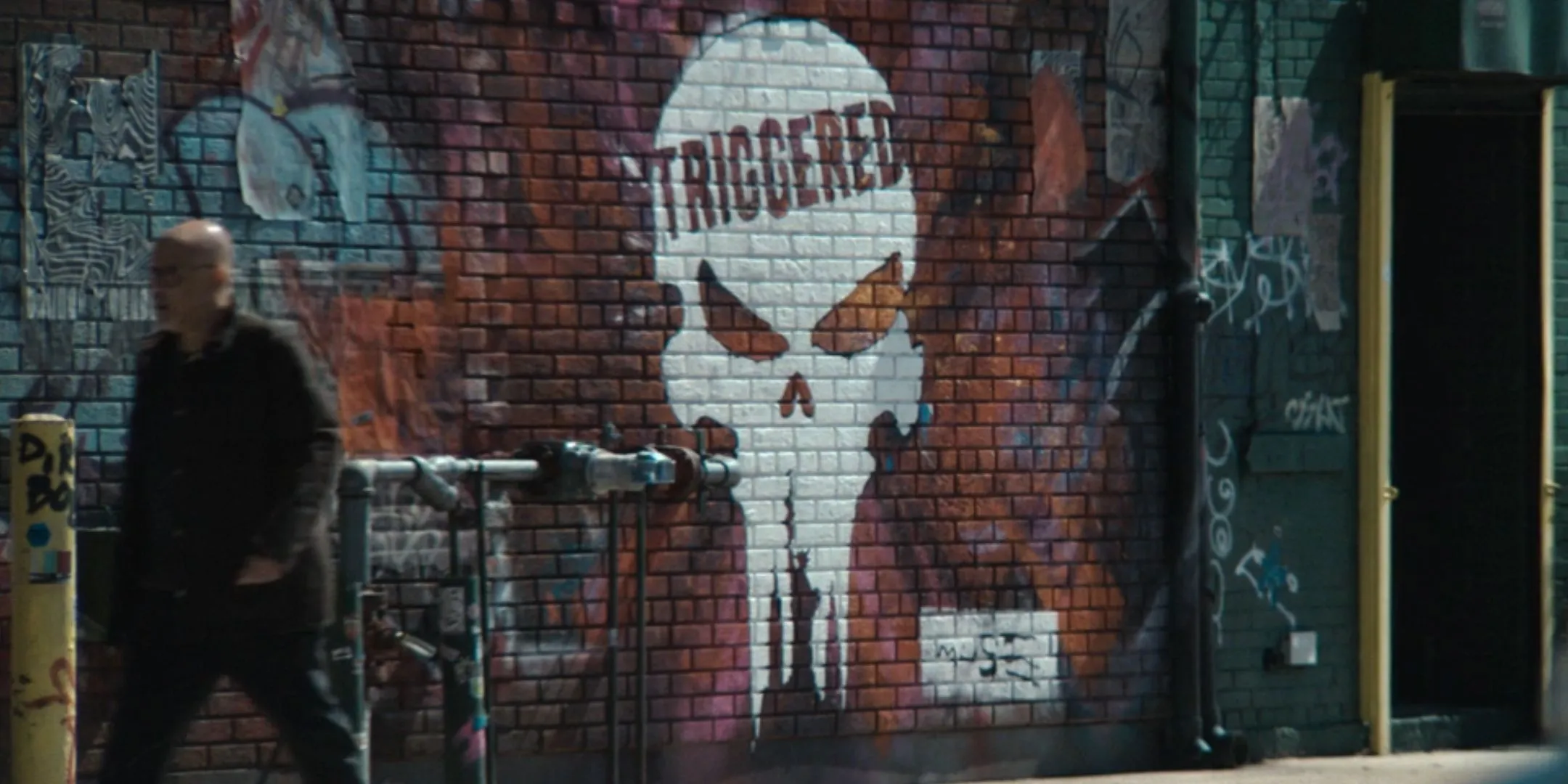
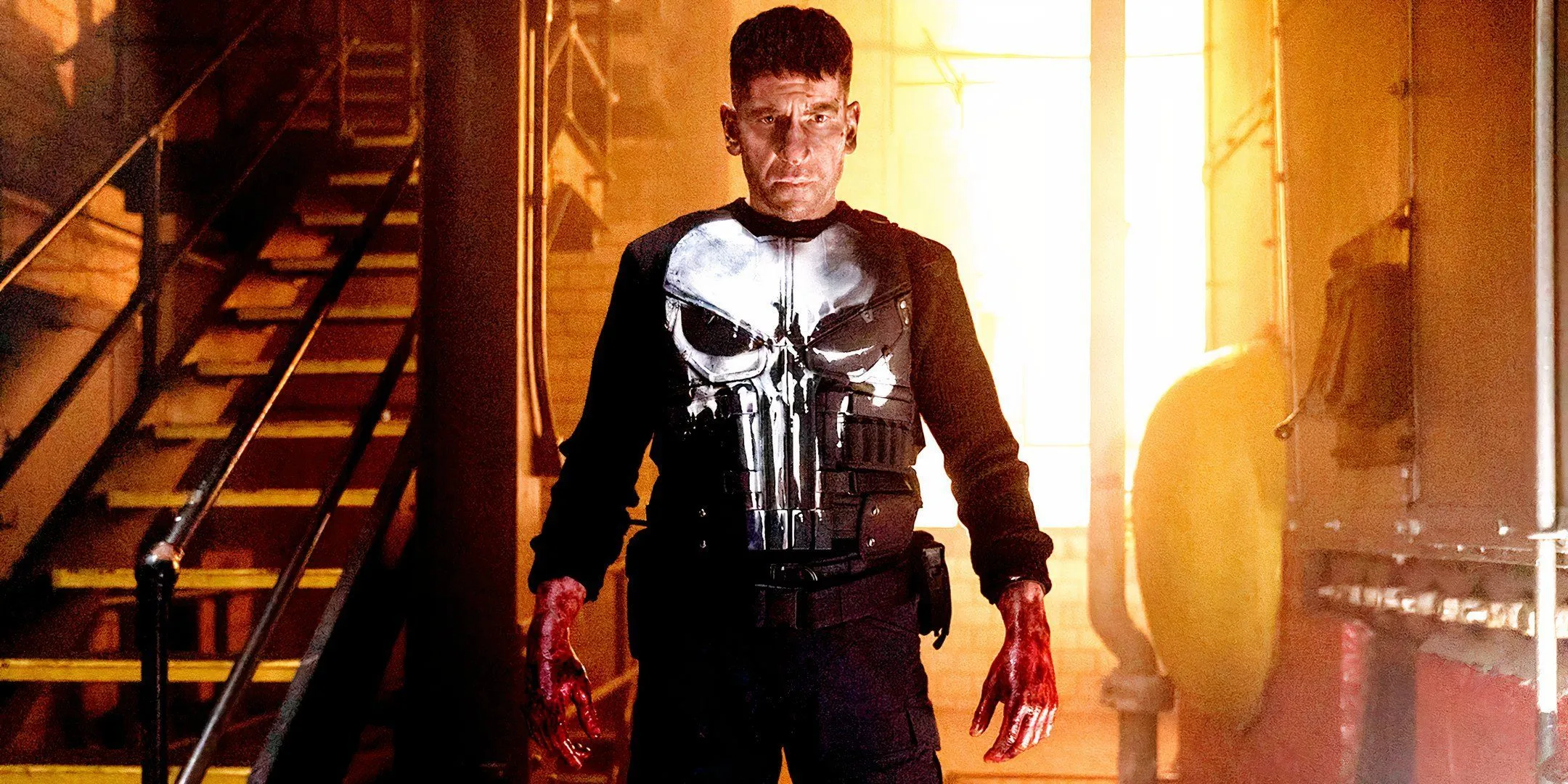
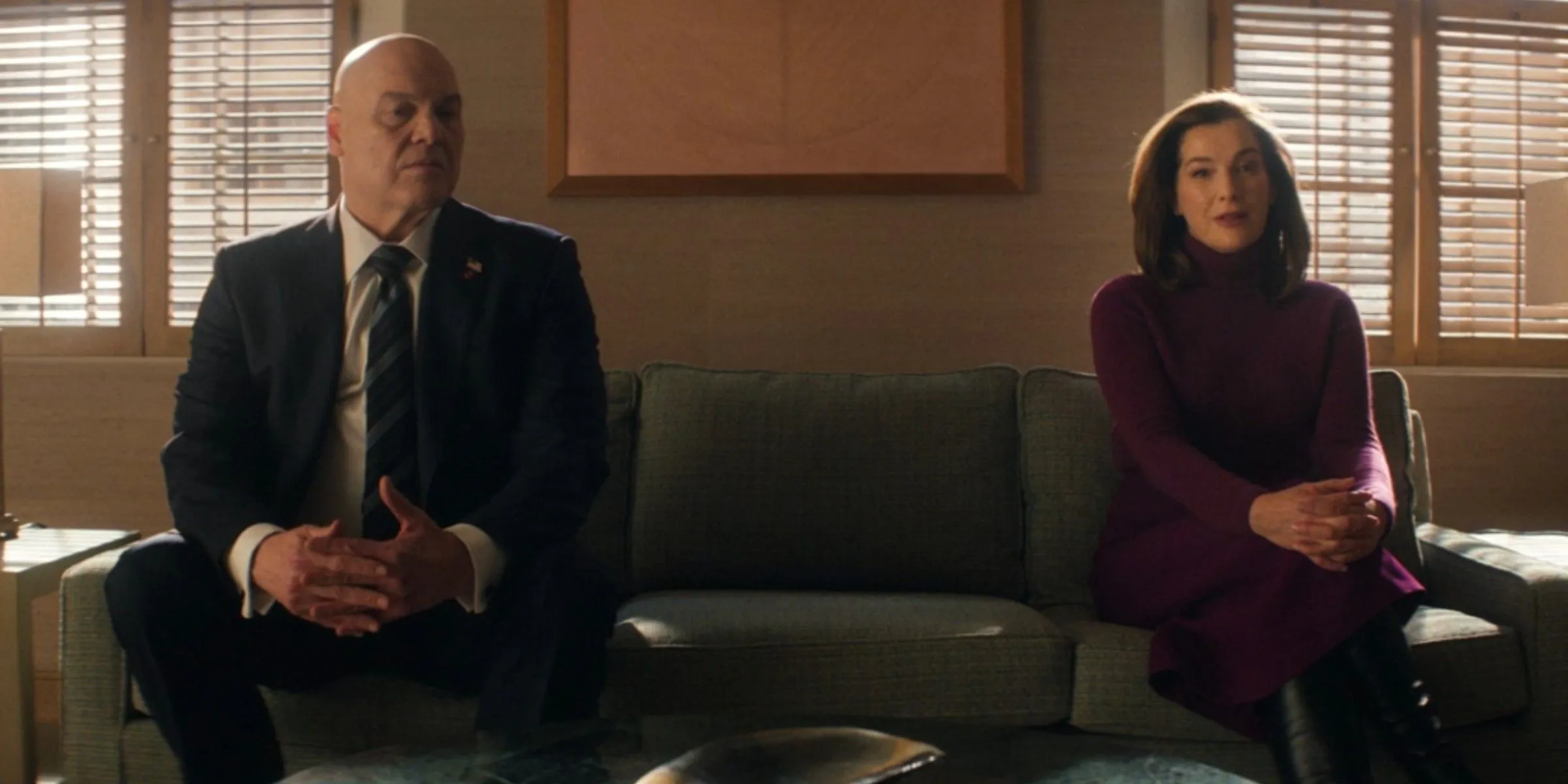
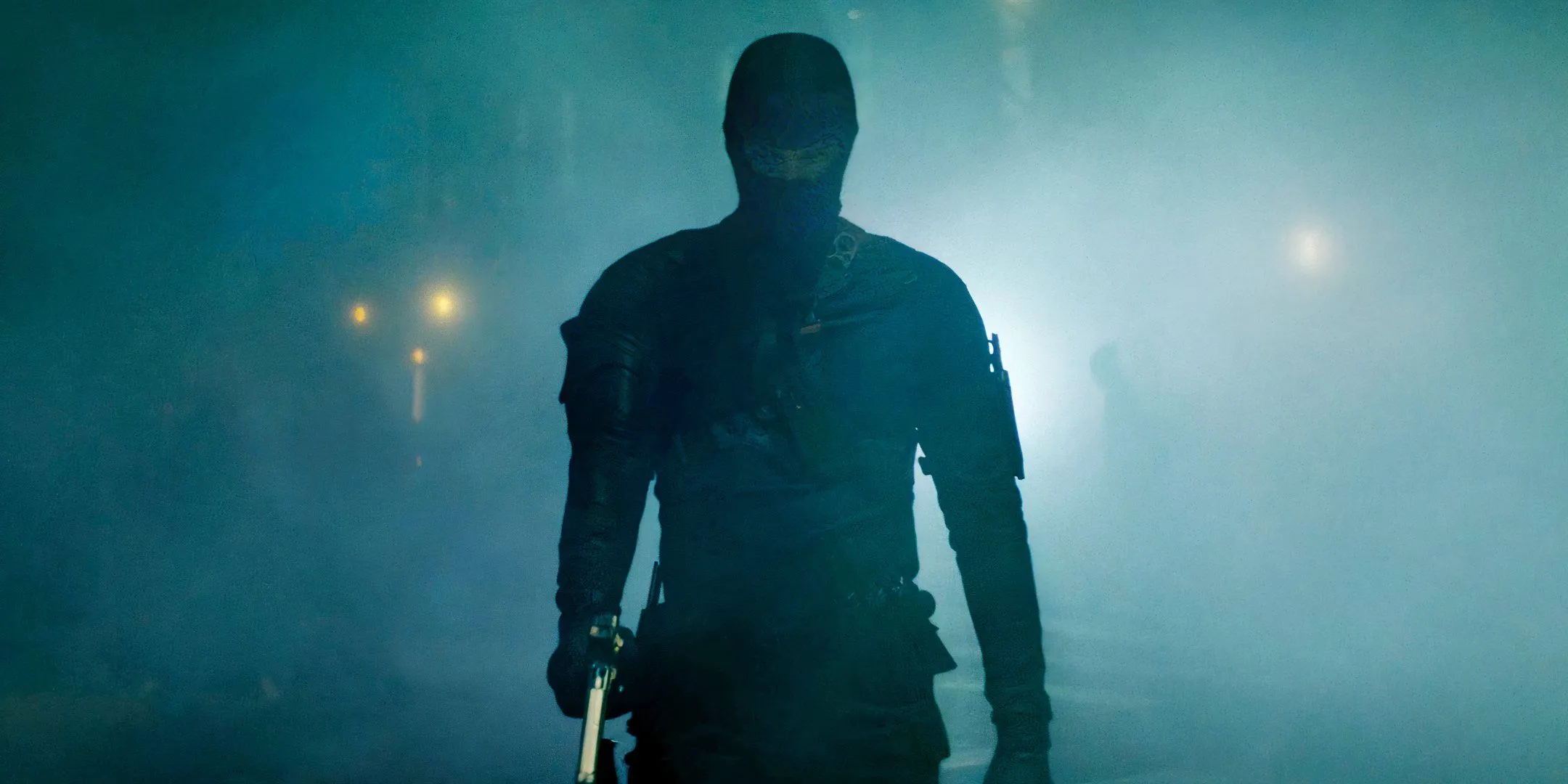
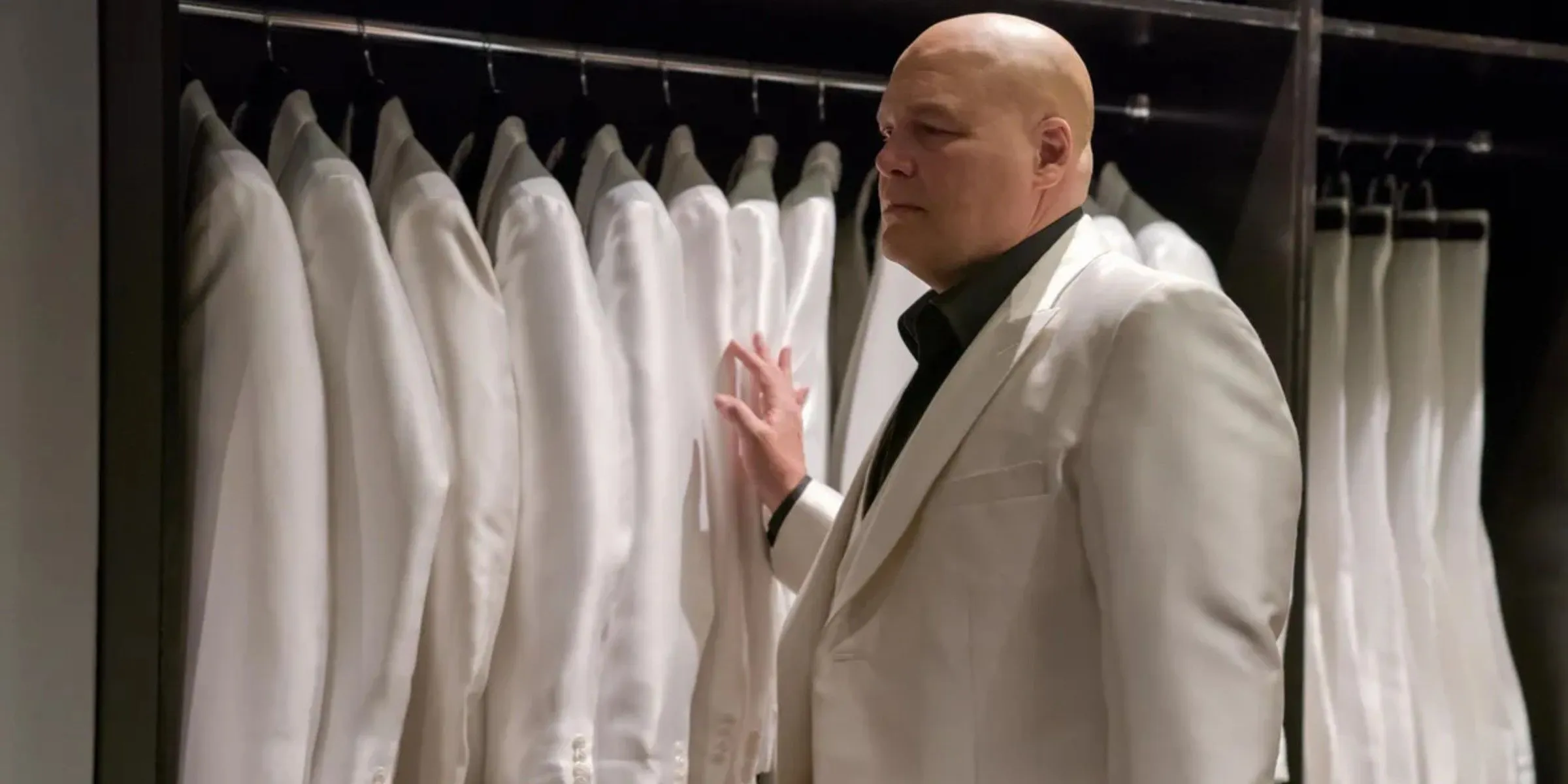
Daredevil: Born Again excels at reintroducing beloved villains from the Marvel canon. The narrative kicks off with the return of Benjamin Poindexter, also known as Bullseye, who is set for a substantial role in upcoming episodes. Additionally, the fan-favorite Punisher makes a triumphant comeback, reminiscent of his impactful appearances in the original Netflix series.
Perhaps most prominently, Kingpin remains a staple adversary throughout the series. Unlike many Marvel villains typically featured for a single installment, Vincent D’Onofrio’s Kingpin is woven deeply into the fabric of Daredevil: Born Again. His continued presence highlights a refreshing shift in how recurring adversaries can maintain narrative momentum, enhancing the show’s overall appeal.
The Issue of Disposable Villains
The Dilemma of Underutilized Villains
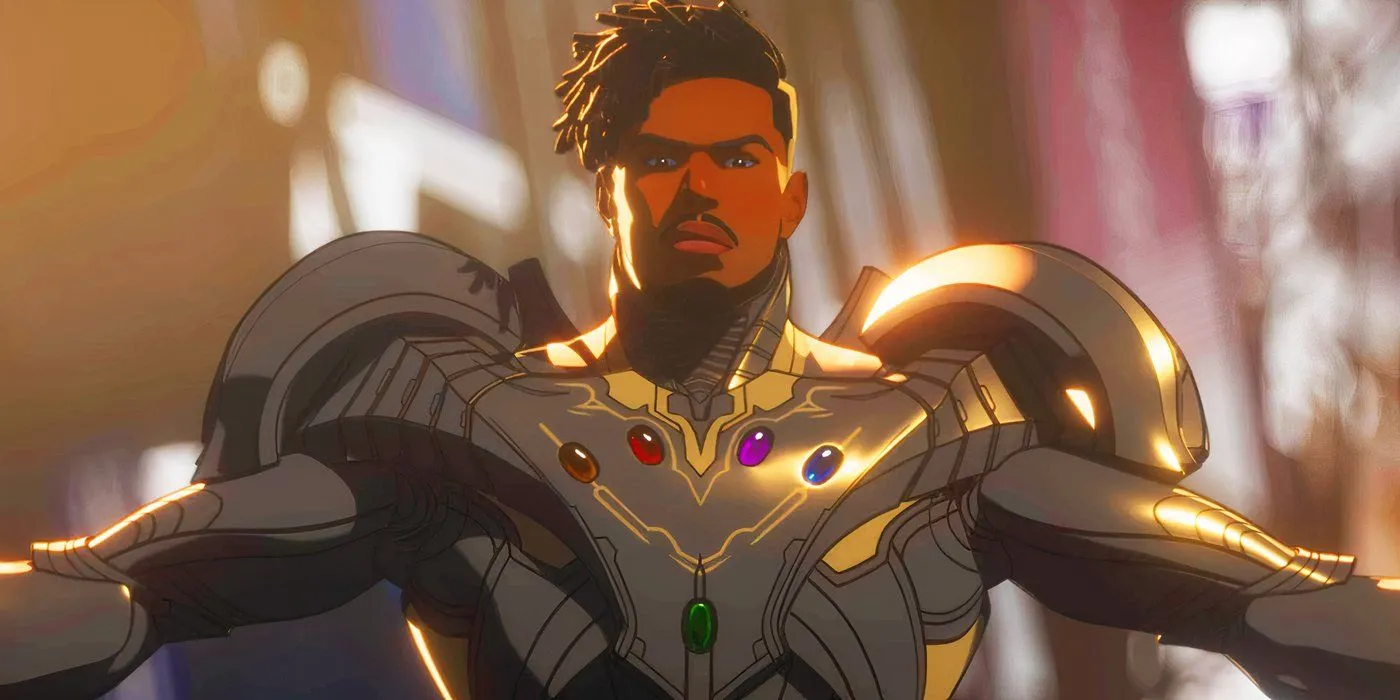

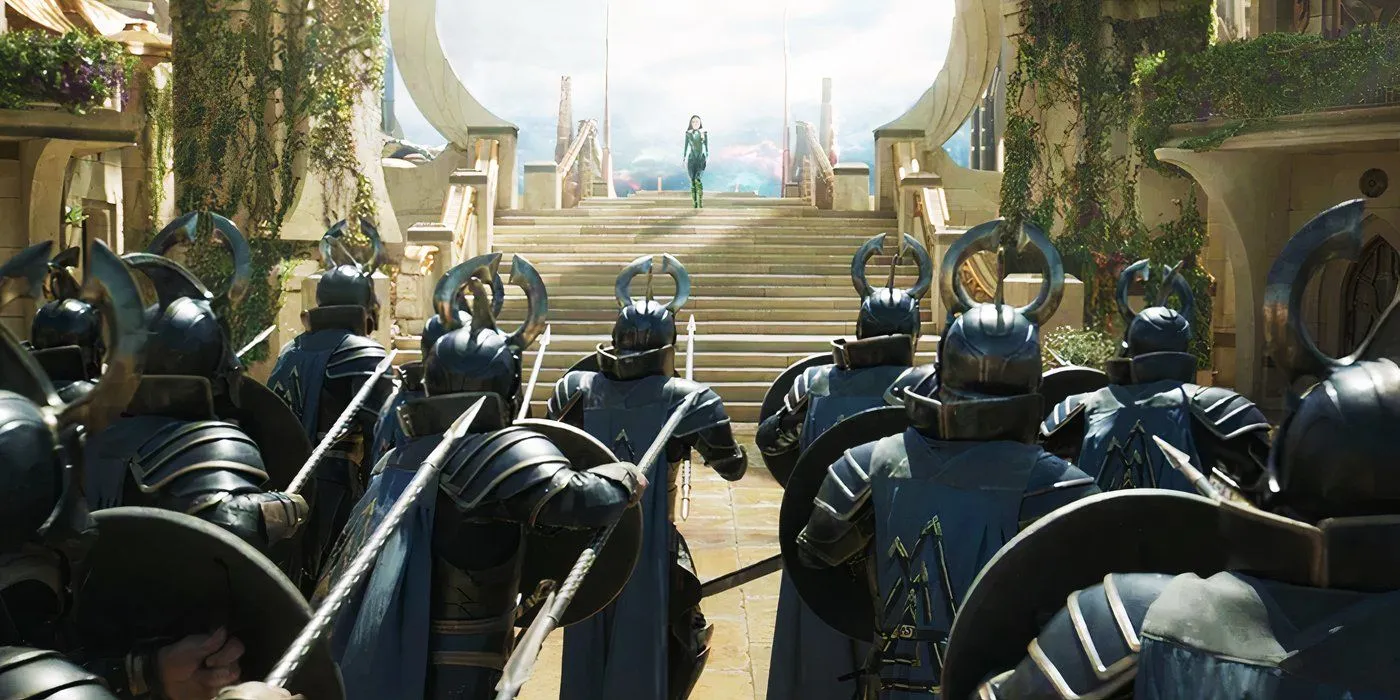
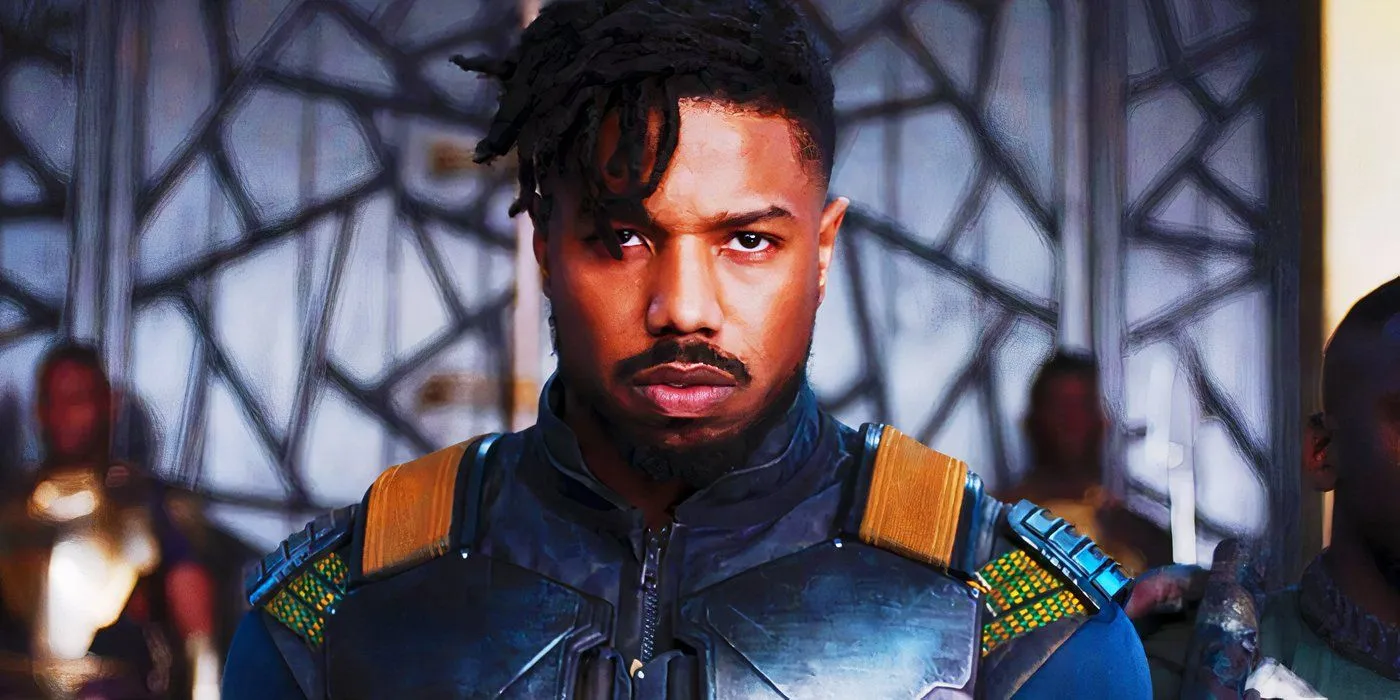

Numerous exceptional Marvel villains have been discarded prematurely within the MCU, leading to a disconnect in narrative continuity. Characters such as Hela could have served as a greater threat throughout multiple projects, capitalizing on her connections to Loki and Thor. Similarly, Ultron’s defeat in Avengers: Age of Ultron limited his further potential as a consistent antagonist, even as hopes linger for his return.
The most glaring example of mismanagement, however, is Erik Killmonger, who is lauded as one of the most nuanced and compelling villains in the MCU. His motivations resonate deeply, making him a relatable character whose premature demise disappointed fans. While he made a surprising return in Black Panther: Wakanda Forever, many believe it fell short of his character’s vast potential.
Lessons from Daredevil: Born Again
Enhancing Narrative Cohesion
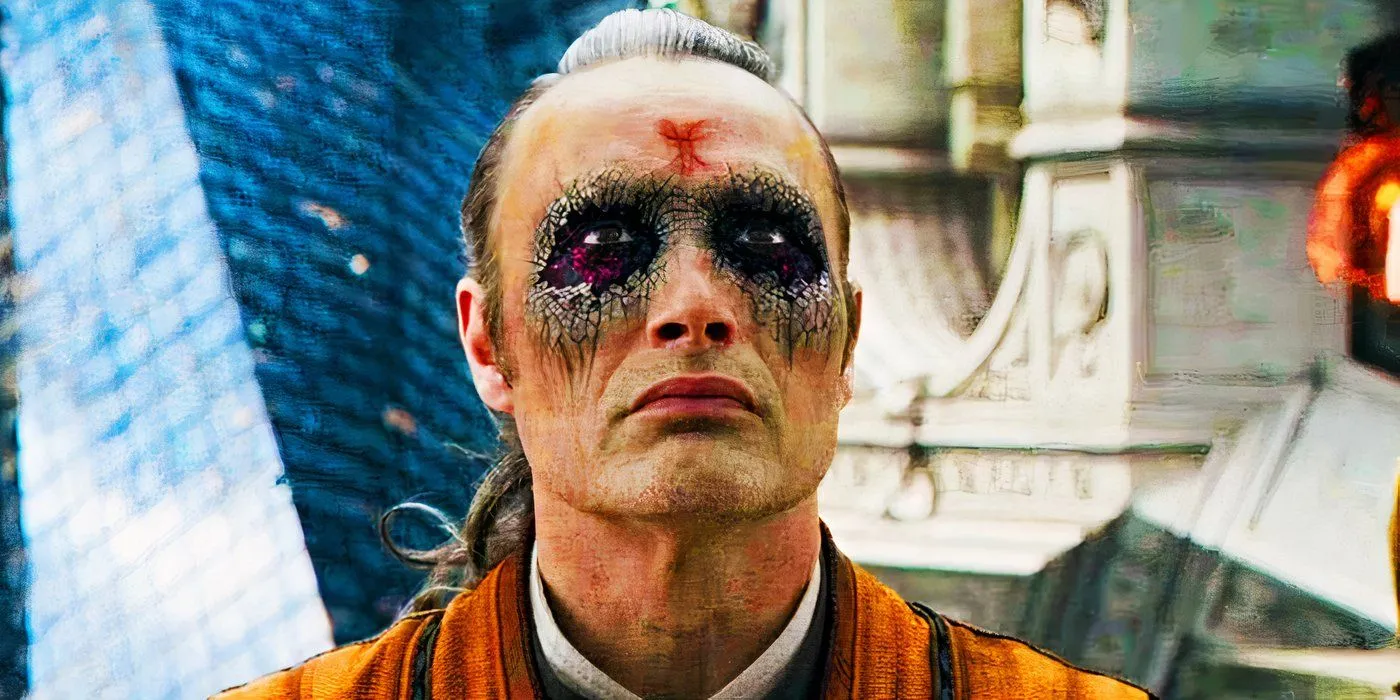
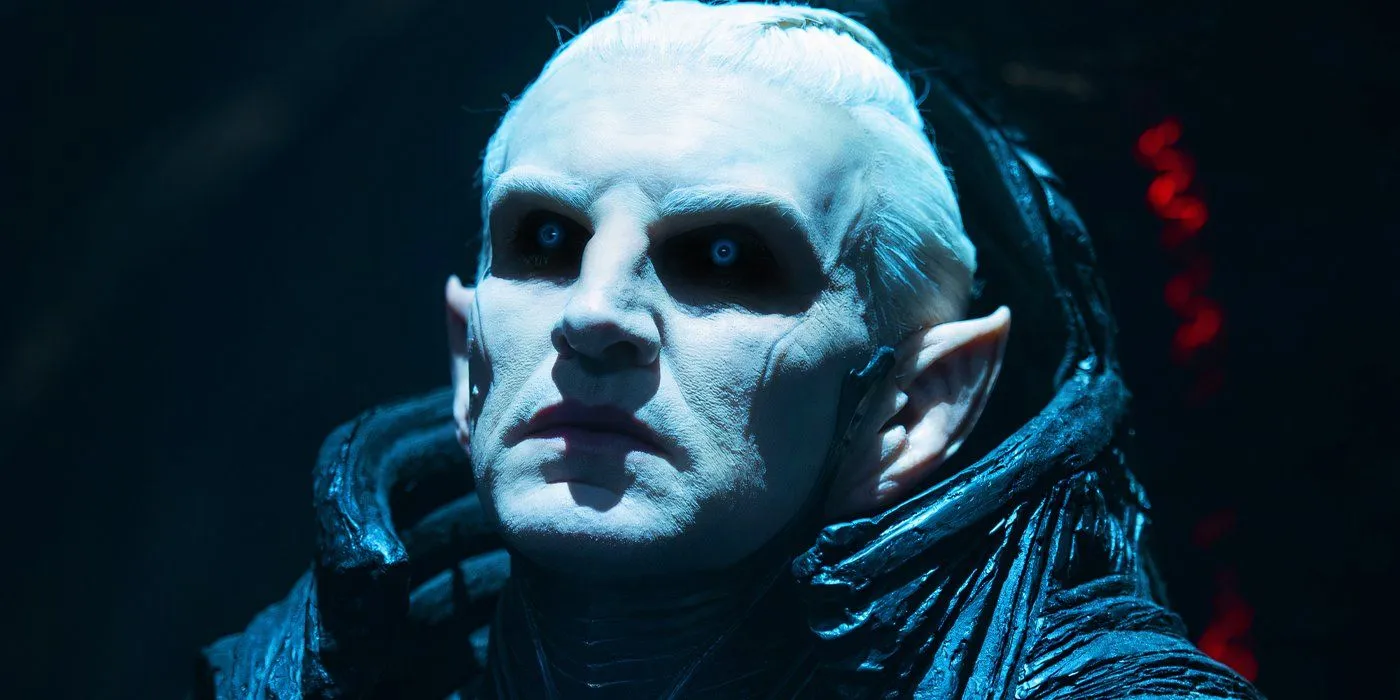
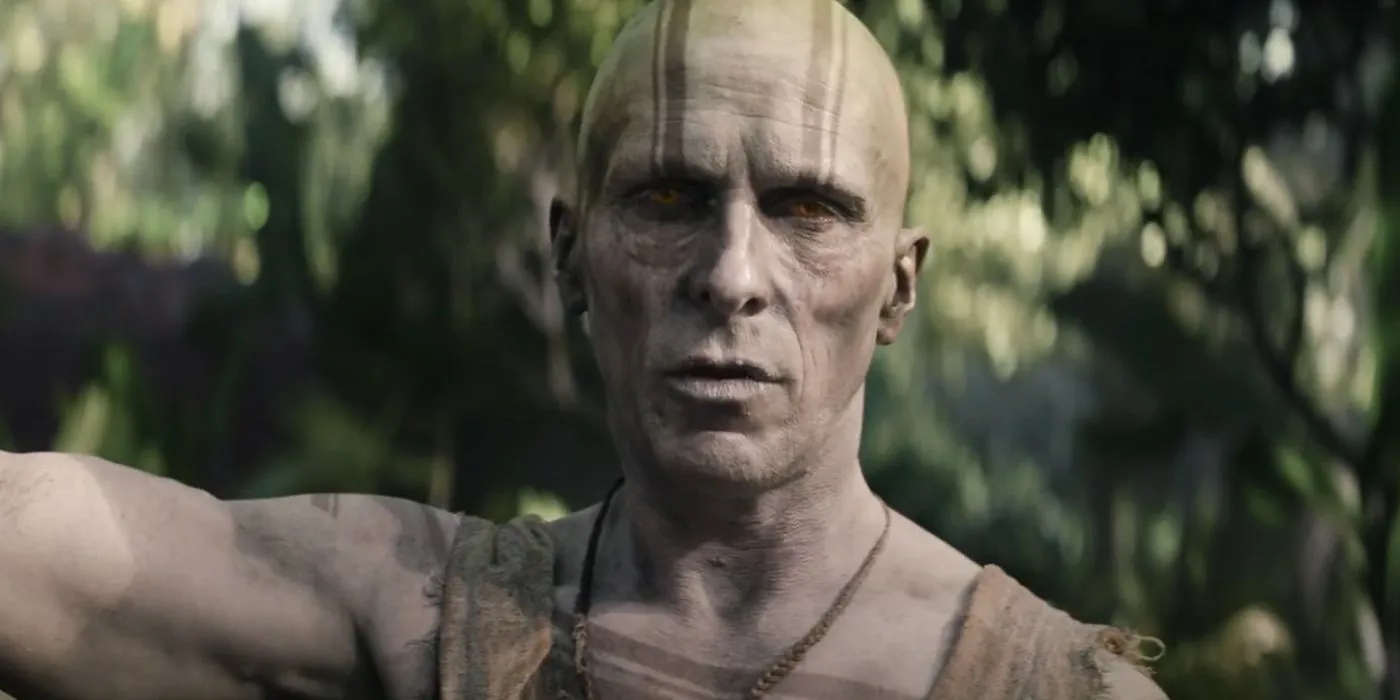
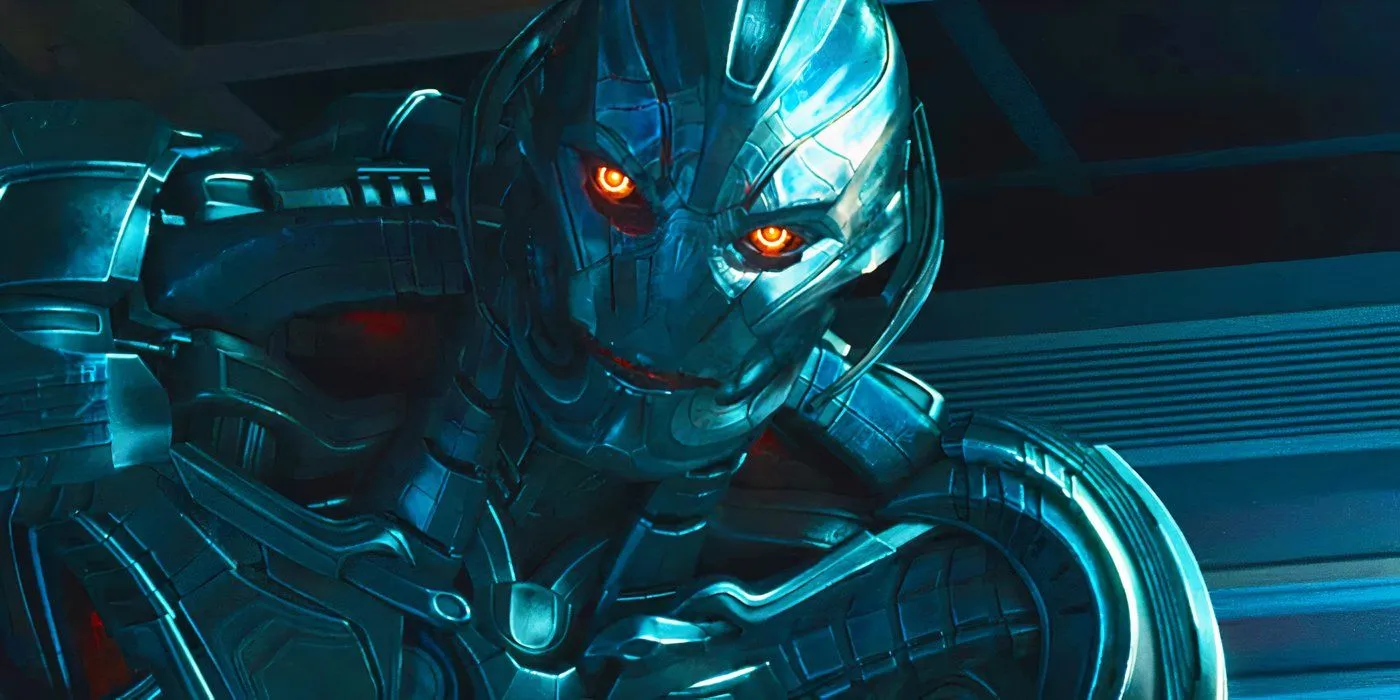
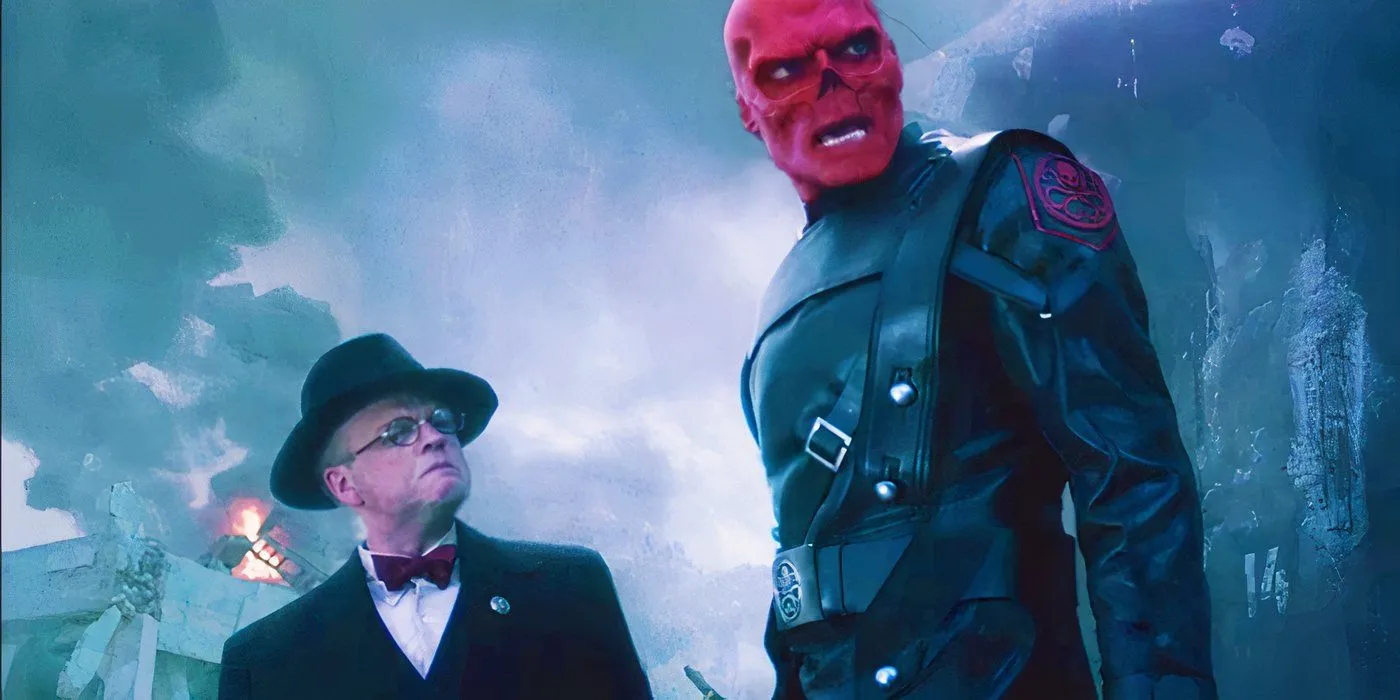
Marvel would greatly benefit from consistently incorporating its villains into the ongoing narrative framework. While heroes remain the central focus of the MCU, a hero’s strength is significantly magnified by their formidable adversaries. Daredevil: Born Again exemplifies the advantage of recurrent villains, showcasing that such characters enhance the narrative richness and interconnectedness of each project.
With exciting prospects on the horizon due to the Multiverse Saga, Marvel now has myriad opportunities to reintroduce even those villains who have met their end. The concept of dimensional variants opens the door for significant characters to return in alternate forms. Notably, Ultron is set to reappear in an upcoming series, indicating that Marvel is beginning to revise its approach to villains.
Fans are routinely drawn to Marvel’s diverse array of villains owing to their complexity and charisma. To maximize this engagement, Marvel should consider these characters as essential components of the overarching narrative, as demonstrated in Daredevil: Born Again, where characters like Muse have been allowed to survive, paving the way for future storylines. This is a crucial lesson for the broader franchise to embrace moving forward.

